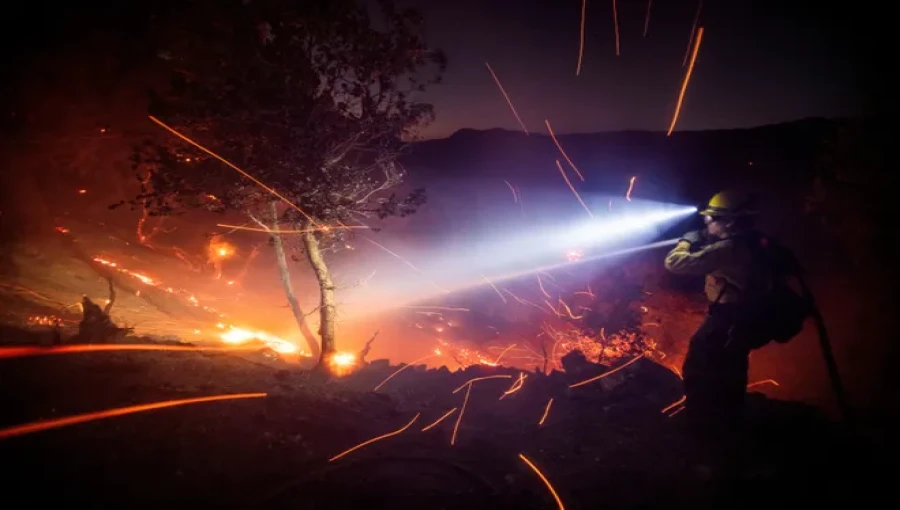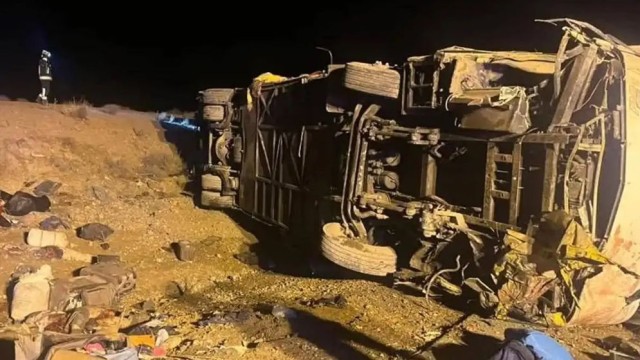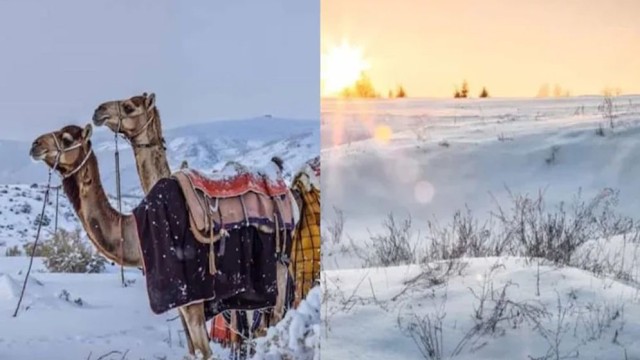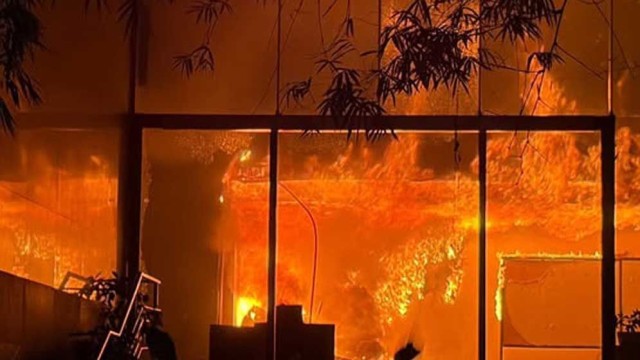California, Jan 11, (V7N) – Wildfires tearing through California have displaced tens of thousands, destroyed homes, and fueled debates about accountability and preparedness. Despite intensified firefighting efforts, the ignition source of the fires remains unclear, leaving residents, experts, and politicians pointing fingers.
Perfect Conditions for Disaster
Experts attribute the fires' unprecedented intensity to a combination of extreme weather and geographic factors. Santa Ana winds, reaching up to 100 mph, pushed dry inland air toward coastal areas, compressing and heating it as it swept over mountains. This hot, dry air further desiccated vegetation, creating tinderbox conditions.
Jennifer Marlon, a Yale University research scientist, explained how steep slopes and canyons in the Santa Monica and San Gabriel mountains amplified the fires' spread. "Heat rises, preheating vegetation uphill, while canyons funnel winds, accelerating the flames," she said.
Criticism of Response Efforts
Osbee Sangster, an evacuee from the Eaton Fire, voiced concerns over local officials' handling of the crisis. She recalled seeing fire trucks enforcing evacuations but alleged they lacked adequate water to fight the blazes. "Where was the water?" she questioned, echoing sentiments shared by others in affected areas.
Political Blame Game
Amid the chaos, political leaders have weighed in, with President-elect Donald Trump accusing California's government of failing to prepare adequately for such disasters. The accusations highlight the growing tension between state and federal authorities over wildfire management and prevention strategies.
Misleading Initial Suspicions
Initial reports suggested arson as the cause of one fire, but the allegations were later deemed unfounded. Investigators continue to explore other potential causes, with officials urging patience as they analyze data and evidence.
Challenges Ahead
The fires' trajectory has been influenced by California's unique geography and persistent drought conditions. Despite some recent rainfall, the state's vegetation remains parched, providing ample fuel for wildfires.
Firefighters are working tirelessly to contain the blazes, but the National Weather Service has warned that critical fire weather conditions will persist, complicating efforts. Communities on the edges of mountain regions, particularly those near steep slopes, remain at heightened risk.
A Call for Long-Term Solutions
As California battles another devastating wildfire season, experts stress the need for long-term strategies to mitigate risks. Improved forest management, stricter building codes in fire-prone areas, and increased investment in firefighting resources are among the solutions being proposed.
For now, residents remain on edge, hoping for relief as firefighters continue their battle against the flames.
END/SMA/NYC/AJ/






























Comment: